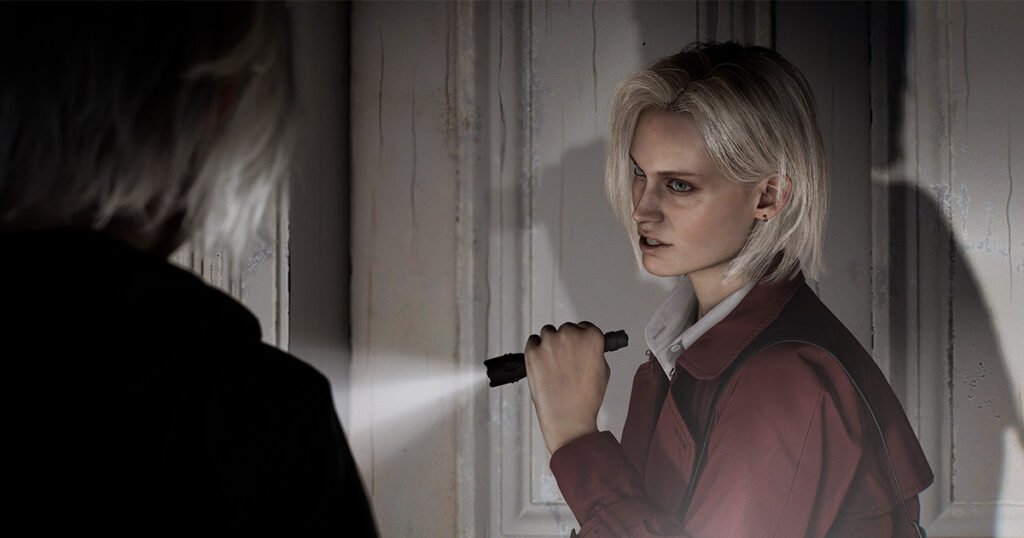Table of Contents
Facing Fear: Capcom’s Masato Kumazawa and Koshi Nakanishi on Resident Evil Requiem
Returning to Raccoon City
Fear has always been the lifeblood of Resident Evil, but with Resident Evil Requiem, Capcom aims to make it something deeper: something lived, not just survived. As producer Masato Kumazawa and director Koshi Nakanishi shared during our interview at gamescom Asia x Thailand Game Show 2025, the series’ next chapter is both a homecoming and an evolution.
“For Requiem, we are going back to Raccoon City again,” Nakanishi explains. “So we’re gonna be going away from the mainstream, and then we’re gonna go back to focusing on the Raccoon City incident.”
That return is more than a setting. It’s a statement — a step back into the claustrophobic origins of survival horror, stripped of the spectacle of recent entries. There are no global bioweapons, no grand conspiracies here as far as we know: just fear, darkness, and one woman trying to find her way through both.
Grace and the Anatomy of Fear
The heart of Requiem lies in Grace Ashcroft, a new protagonist who breaks from the usual archetype of the series’ polished professionals. She’s not a soldier or a super-spy. She’s scared, untrained, and painfully human, and that’s precisely why she exists in Resident Evil Requiem.
“If you’re not afraid of it, it’s not horror,” says Nakanishi. “So we need a character that’s a little bit scared and probably relates to the player more.”
Grace begins terrified, unsure even of the basic mechanics that define the Resident Evil experience. “Usually when you are in the game, and you take some herb to heal yourself, right?” Nakanishi says. “She doesn’t even know that in the game. There’s a part where you can feel a more human side of her while playing, and that’s probably the small little detail we put in so that you connect the character with the player more.”
Her fear isn’t weakness but a mirror. Over time in Resident Evil Requiem, both Grace and the player learn to manage it, each growing stronger through shared anxiety. “To overcome fear is probably what is addictive,” Kumazawa added. “And then, of course, the more fear there is, the more you overcome those fears. The satisfaction received after that is addictive.”
The Balance Between Fear and Control
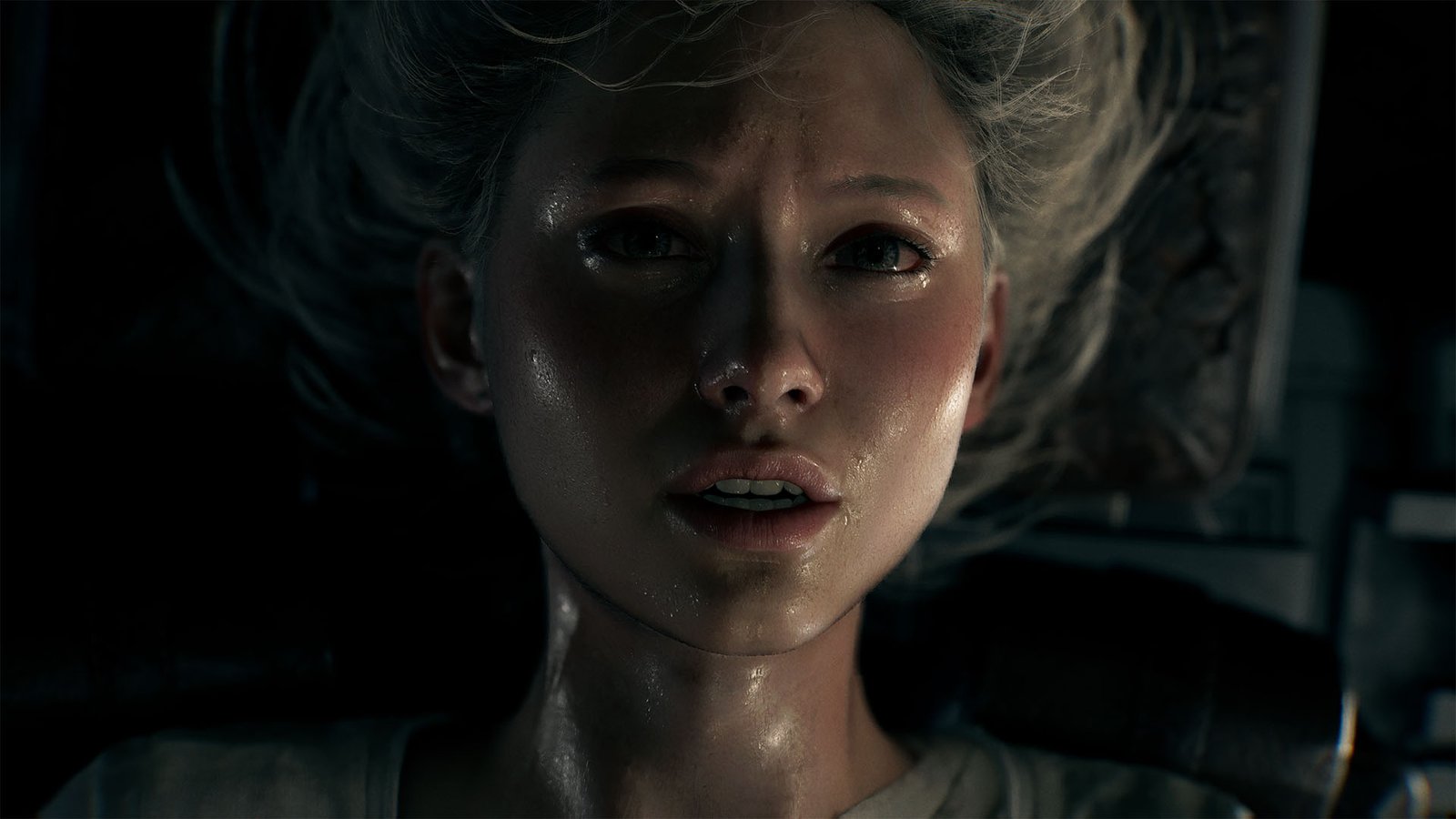
For all its realism, Resident Evil Requiem doesn’t merely want to scare; it wants to teach players how to hold on in the midst of terror. The series’ design philosophy has always been about tension and release, but here that balance becomes the central theme.
“In terms of survival horror, the aspect we need to keep is the part where the player needs to have emotional control,” Kumazawa says. “Whether it’s excitement, nervousness, fear — as you play, you need to have control over those emotions.”
That idea of emotional discipline defines the Requiem experience. Where earlier entries might have rewarded mastery through typical action, this one measures it through composure. Each encounter tests the player’s ability to stay calm under pressure, the true essence of survival horror.
Haunted by Legacy
Grace’s connection to Resident Evil’s legacy isn’t accidental. Though a new face, she carries the weight of Raccoon City’s history, something we were already aware of, but the team emphasised why that makes everything more relevant.
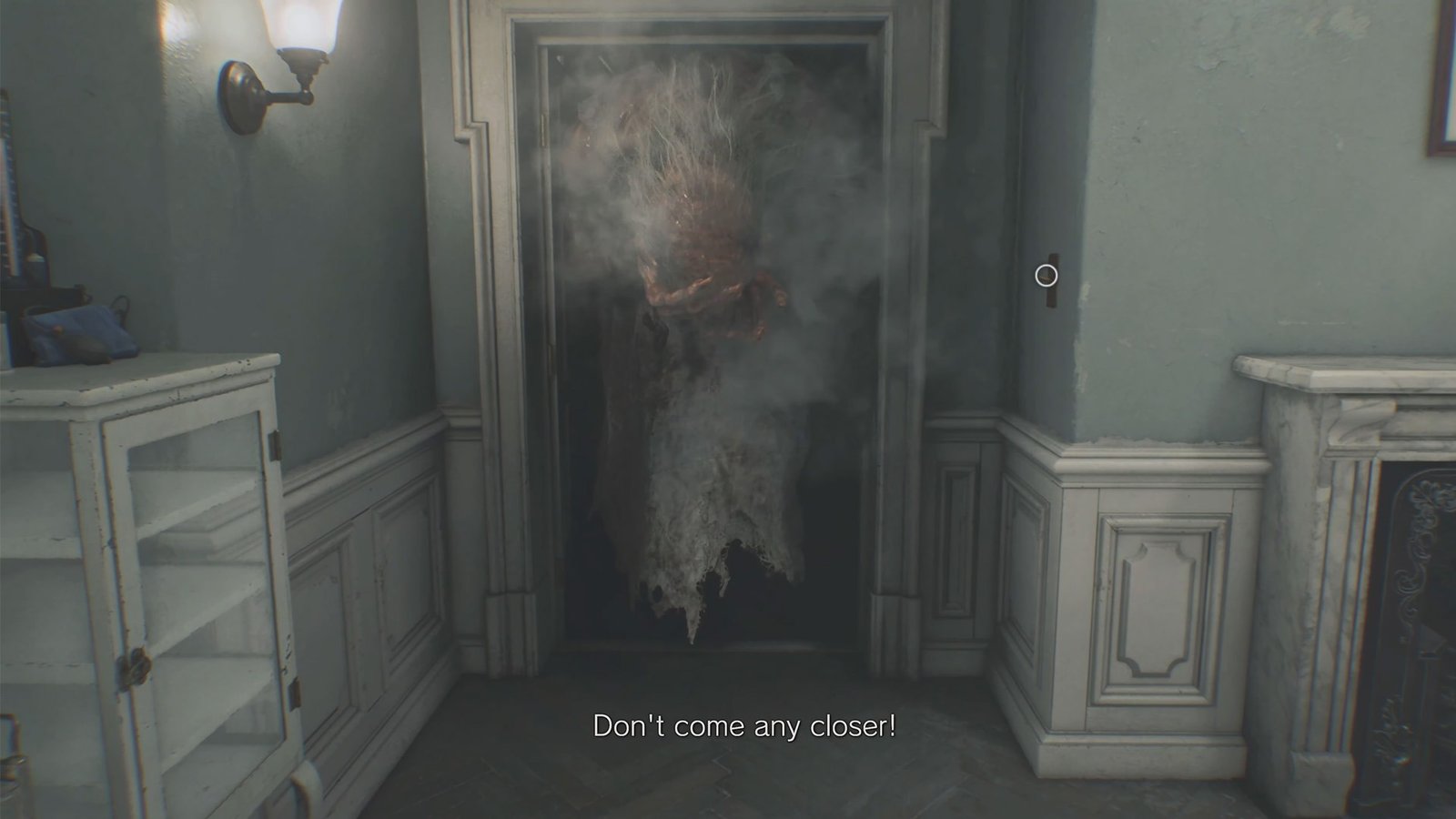
“She’s scared of everything,” says Nakanishi, “but doesn’t mean she is not related to the Raccoon incident, because her mum was actually killed in the incident. She’s a journalist, and that’s how she’s connected to the whole universe.”
That lineage gives Grace both purpose and pain in Resident Evil Requiem. She’s not here to save the world, but to understand what destroyed it, a perspective Capcom sees as essential to the game’s emotional gravity. “If you’re going to go through all that fear,” Kumazawa explains, “you have to have a good reason, and I think family is probably the simplest and basic reason you risk your life for.”
The Fear You See
In keeping with that grounded philosophy, Capcom’s decision to include both first- and third-person perspectives in Resident Evil Requiem wasn’t about choice for its own sake but more about empathy.
“We found out some people like the first-person angle, some people enjoy third-person, so why not have both?” Nakanishi says. “Some people said it was too scary as a first-person player. So, in the third person, the fear gets softened. If they change the angle in a way they’re more comfortable, it allows more people to play the game.”
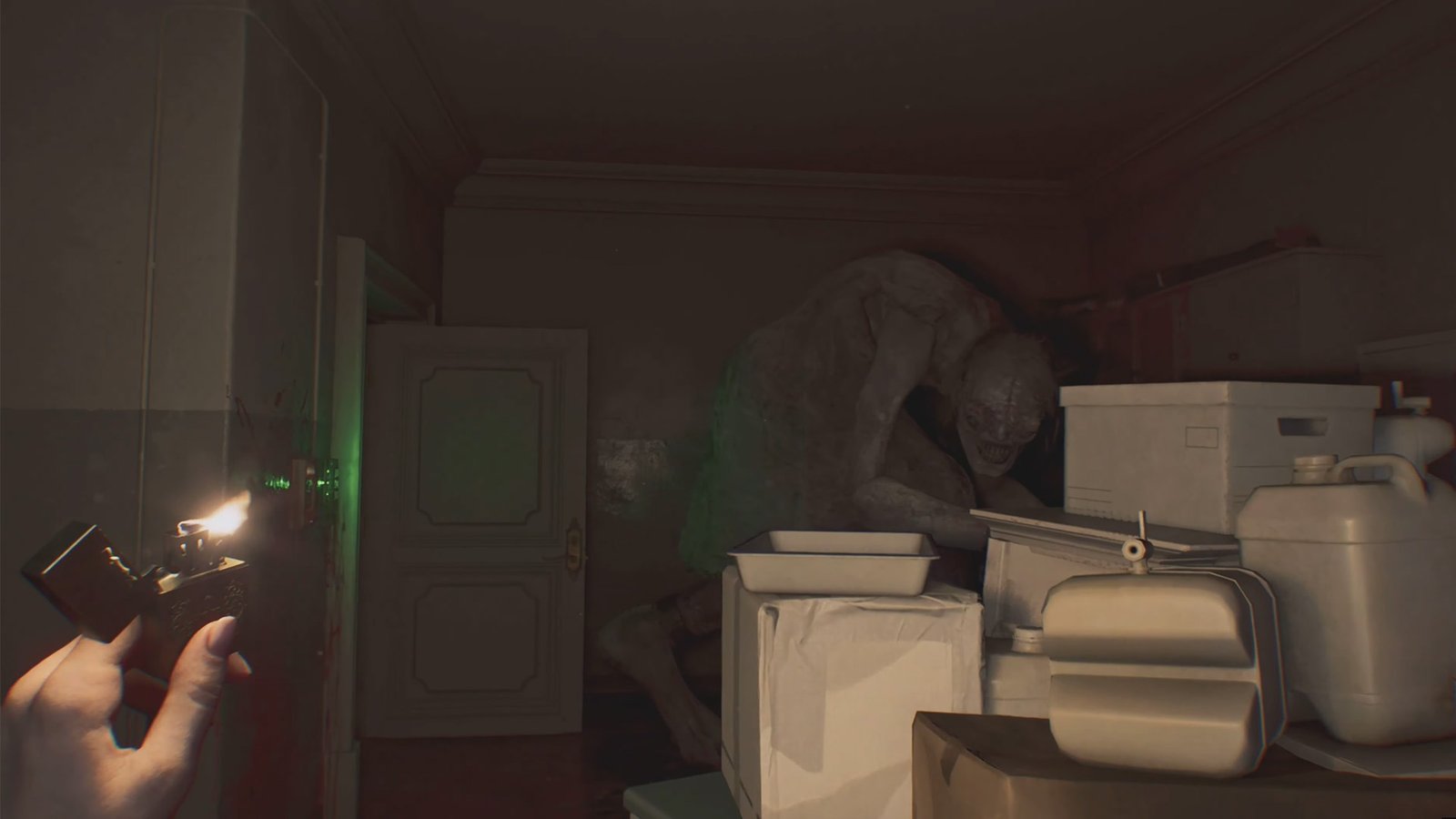
But switching perspective does more than change comfort levels. In third person, players can physically see Grace’s fear, the way she stumbles when she runs, and the panic in her movements, which was clearly evident during my time with the demo. “If she panics, you panic,” Nakanishi says. “We want to increase that relationship between the player and the character.”
It’s a design philosophy that turns the camera itself into a storytelling device, where fear becomes a shared physical language.
Building Horror from Within
Like its predecessors, Resident Evil Requiem runs on the RE Engine, allowing Capcom to capture subtle emotional detail, from the tension in Grace’s body language to the beads of sweat forming on her face.
“In terms of visuals, it was sweat — the amount of sweat is insane,” Kumazawa explains. “The main reason is we want you to be able to feel what the character is feeling, so every small detail that can express fear, we took a lot of focus on that.”
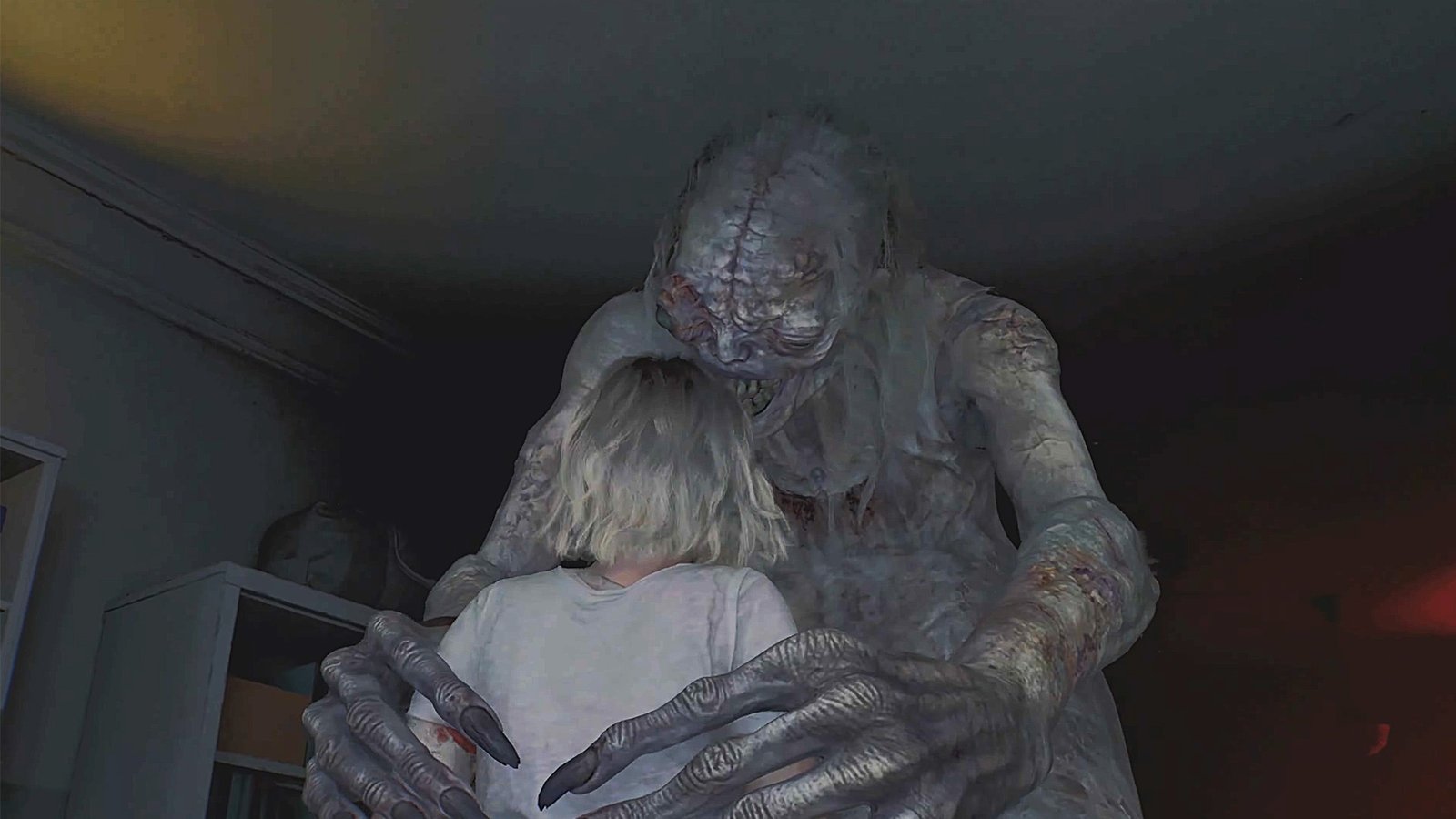
Every sound, shadow, and flicker is designed to manipulate the player’s senses. “We wanted you to feel the fear, like things moving, things falling down, all that just to increase the fear,” says Kumazawa. “Especially for Resident Evil Requiem, we make sure we highlight that. We’re playing with your emotions.”
The goal is immersion not as realism, but as psychological closeness: a sense of being haunted not by monsters, but by your own reactions to them.
Back to the Beginning, with Purpose
Though Resident Evil Requiem revisits the familiar ruins of Raccoon City, it does so to rediscover what made the series enduring: vulnerability, atmosphere, and heart.
“We wanted to go back to the main story,” Nakanishi says. “That’s why we went back to Raccoon City. We wanted to create this story that possibly connects to the future — not that we have a sequel ready, but maybe we’ll tie it up.”
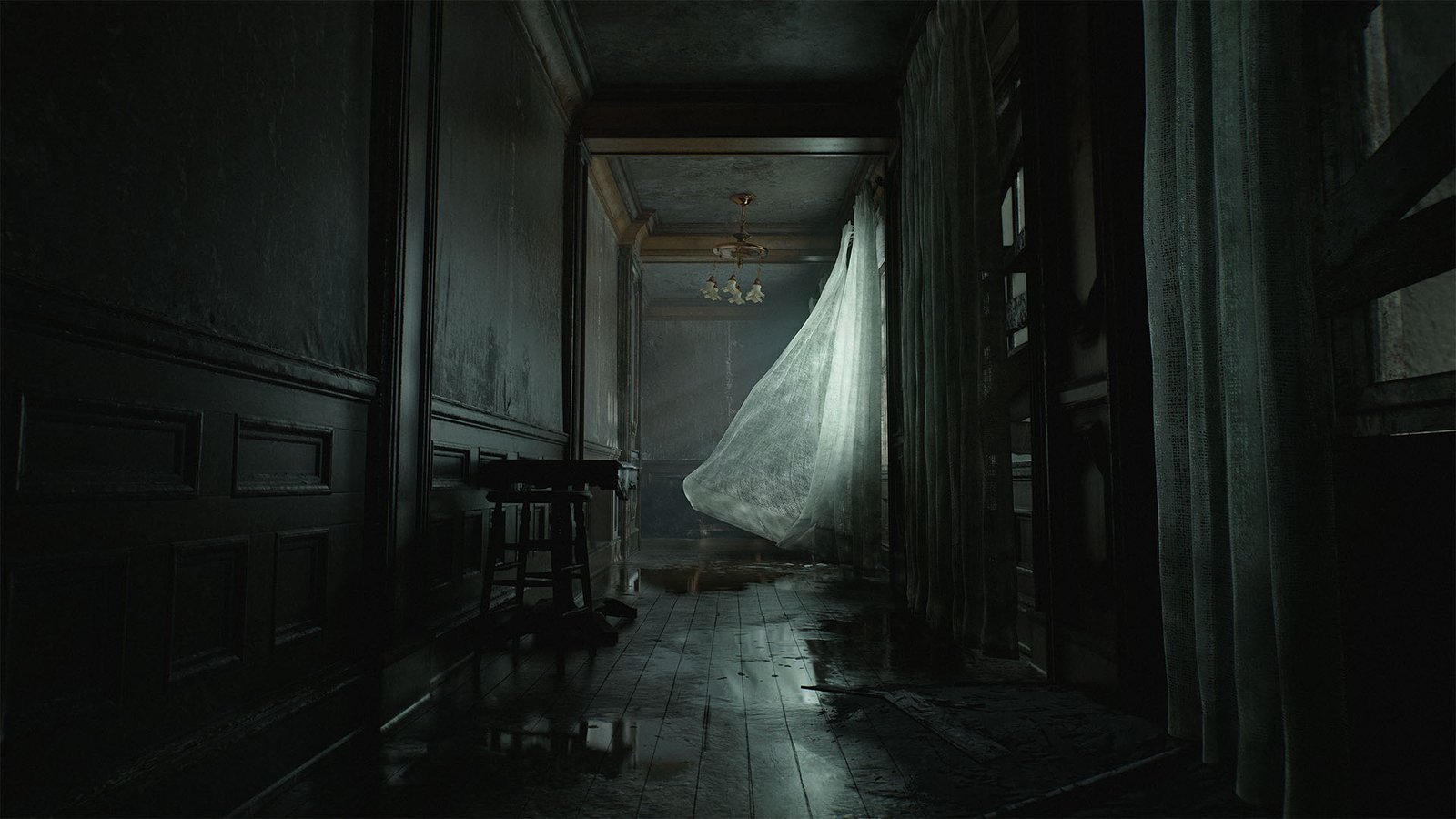
It’s a cautious kind of hope, one that mirrors the very fear the game explores. For Capcom, Requiem isn’t just about reliving the past, but understanding why it still frightens us.
“First of all,” Kumazawa concludes, “Resident Evil Requiem is a horror game. It’s not a family game. But if you’re going to go through all that fear, you have to have a reason. And for us, that reason, that’s what makes the fear worth facing.”
Resident Evil Requiem will launch on February 27, 2026 for PlayStation 5, Xbox Series X|S, Nintendo Switch 2, and PC.

